The Victory And The Downfall Of The Vijai Super
Images: Deepanjan Sarkar
When in the early 1970s, the Indian Government took the decision (after many deliberations and considerable debate and controversy) to award a fourth car manufacturing licence to the then Prime Minister Indira Gandhi’s son Sanjay Gandhi (as well as an inconsequential fifth one to a certain Madan Mohan Rao) for the manufacture of cars, it also took the decision to open the market, or rather, the industrial opportunity for the manufacture of two-wheelers.

Not only that, it also decided to jump into the business of making two-wheelers itself!
Thus, in 1972, as the Government of India incorporated Scooters India Limited, it also began looking around for acquiring the licence to manufacture a range of scooters from Europe. Advising the Government was M.A. Chidambaram, the owner of API (Automobile Products of India, who were making the Italian Innocenti Lambretta brand of scooters), and a highly influential industrialist then.
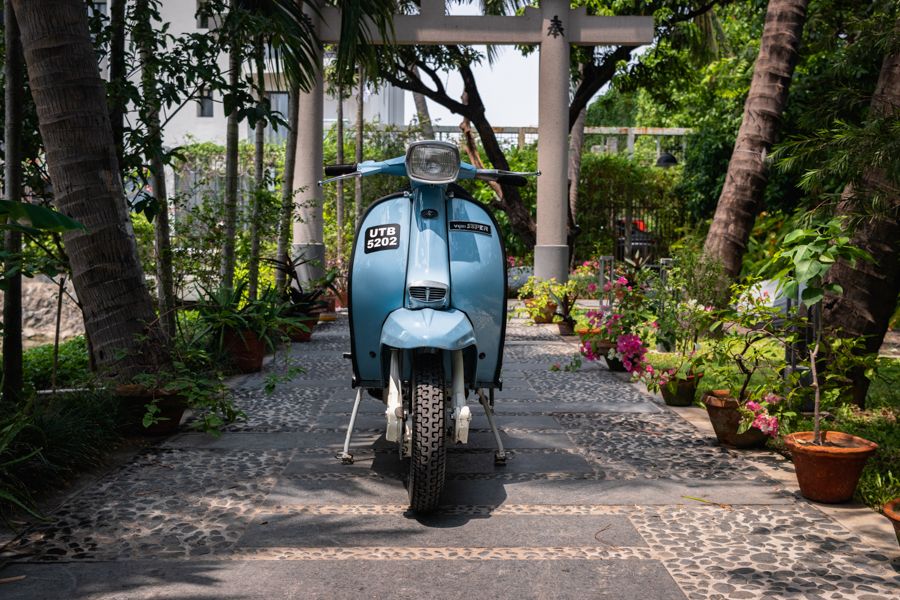
Chidambaram was aware that his company’s erstwhile technical collaborator, Innocenti, was looking to sell the scooter business (which was in rapid decline in Europe then) and to refocus on their car division (as there was a spurt in the demand for small cars in Italy and Europe).
Innocenti, through the 1960s, had had considerable success with their car manufacturing activities, whereas the sales of scooters had plateaued off by the mid-1960s, with the beginnings of a decline soon thereafter. Even after Innocenti had replaced the Lambretta Li with the Li Special, and the TV Series III, and then with the handsome SX, sales had slowed down.
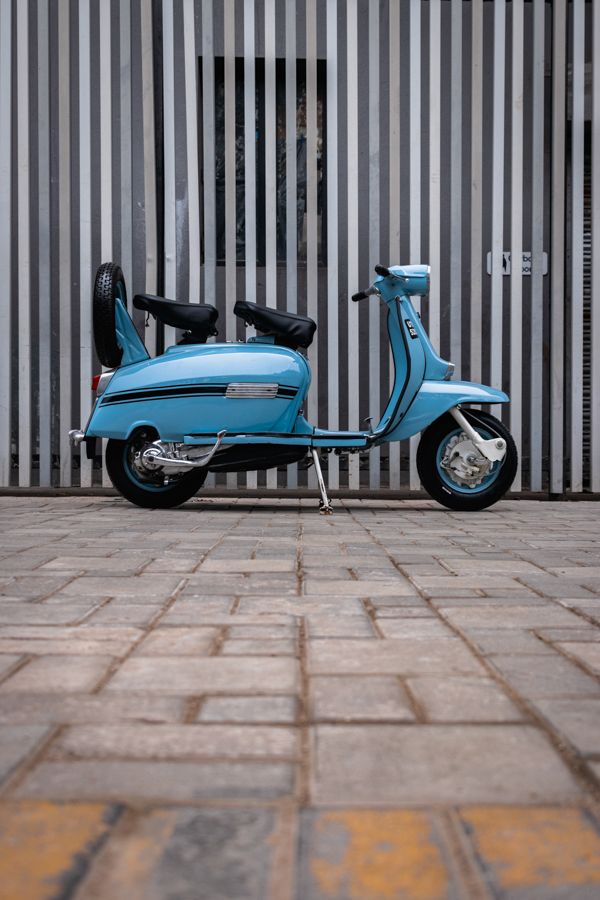
It was in 1968 when Innocenti turned to the leading Italian design house then, Carrozzeria Bertone, for a redesign of their big scooter after a very happy and successful design experience with the latter, for Innocenti’s ‘scooterino’ project, the Lambretta Lui scooterette.
With the request to update their aging mainstay, Innocenti specified that the basic design of the strong backbone frame, as well as the mechanical elements, had to remain exactly as they were, but the sheet metal panels at the side, the mudguard at the front and the leg shield of the bestselling scooters could be changed.
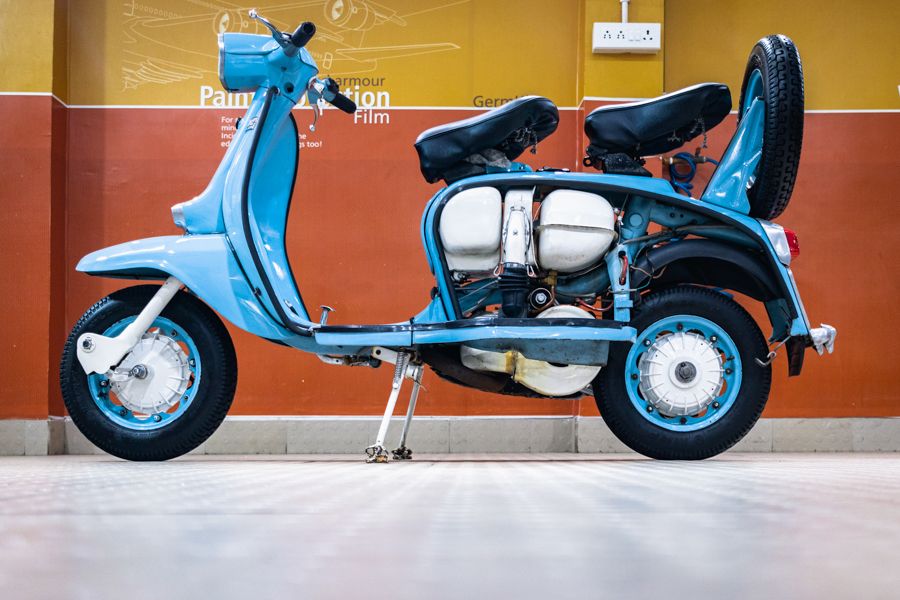
Bertone chief designer, the legendary Marcello Gandini (who had wowed the world with the Lamborghini Miura, Marzal and Espada by then) was tasked with the job. He smoothed out the bodywork, which received subtle surface treatment and cleaner lines. A squared-out headlamp unit was added, the mudguard and the leg shields were redesigned too, and the rear lamp unit modernized.
The facelift was much appreciated—most Lambretta enthusiasts believe that the DL/GP series (as they were badged) are the best Lambrettas ever. Yet, with the market for two-wheelers in both Italy and Europe on a downward spiral, the production life of Lambretta’s last scooter model ended in 1971 (although launched in January 1969), with a little over 46,000 made until then.
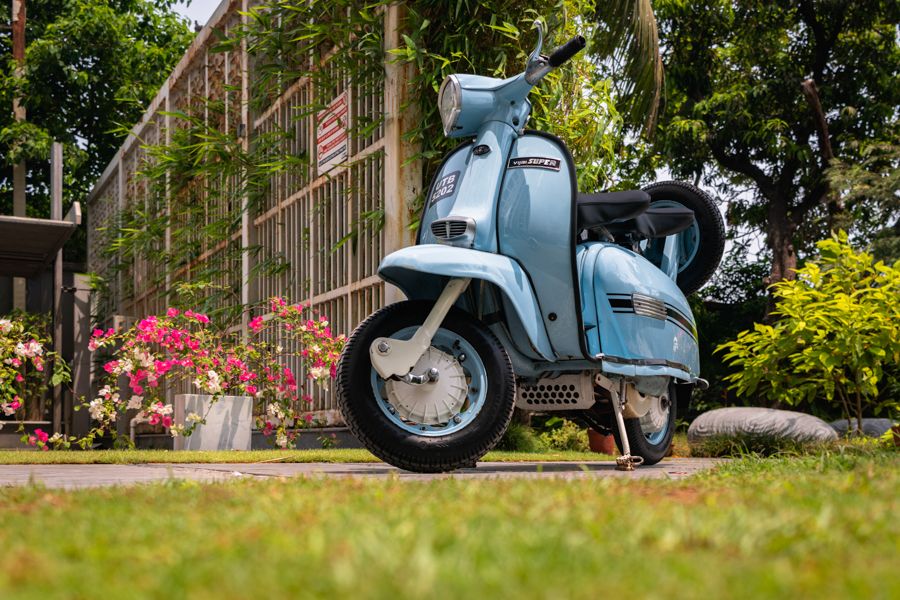
As Innocenti shifted focus to the development of a new car model (which would be unveiled in 1974 as the Innocenti Mini), the option of selling off their scooter business was very much on. It was around the same time that Scooters India Limited (SIL) came shopping. A deal was concluded, with Innocenti selling the design and tooling of the DL/GP to Scooters India in 1972.
It took three years for Scooters India to shift all the toolings, the dies and equipment of Innocenti’s scooter factory at Lambrate, to Scooters India’s brand-new set-up in Lucknow, and to commence production, with the first scooters from the latter, rolling out in 1975. Scooters India’s ‘Made in India’ branding was Vijai Super (plus, Vijai Deluxe for the version which had rear footrests and a different placement for the stepney).
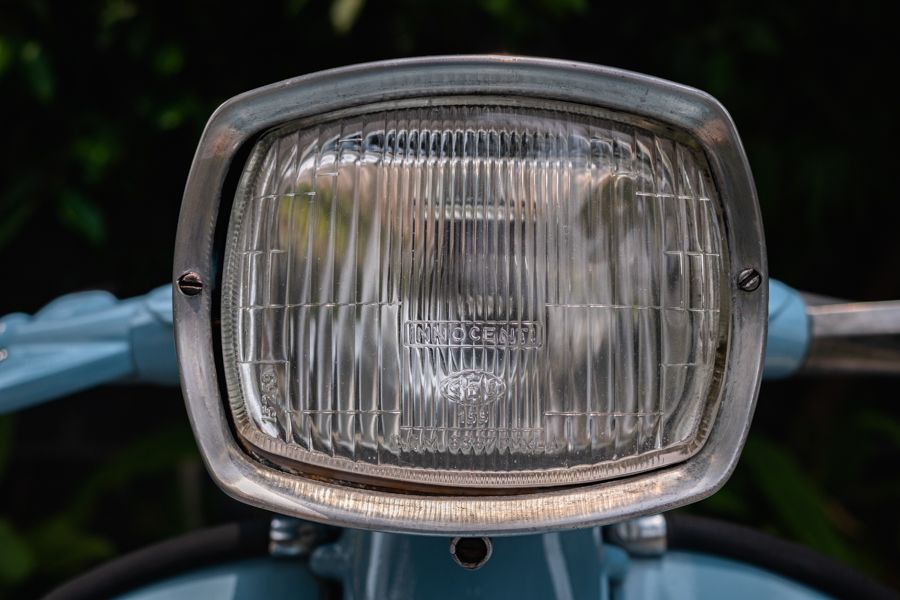
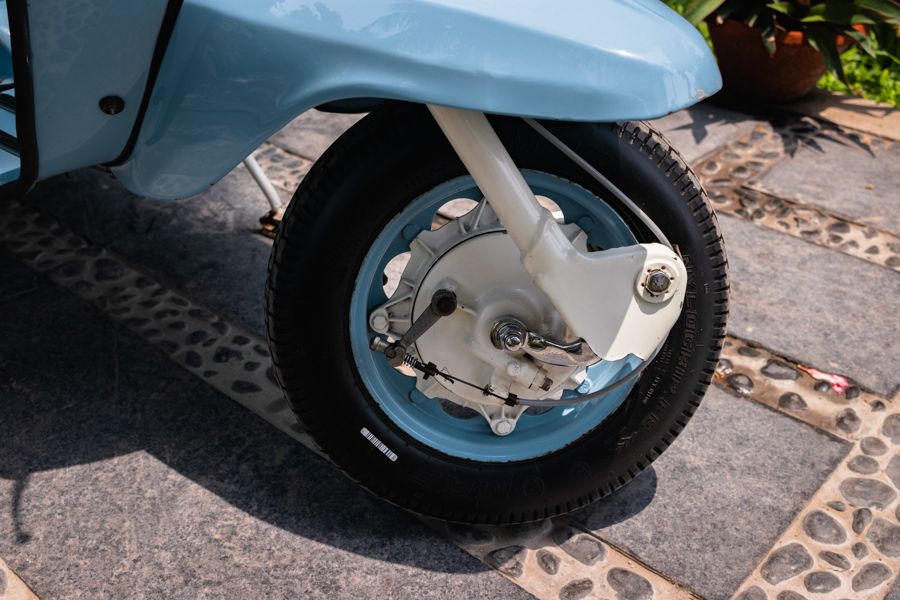
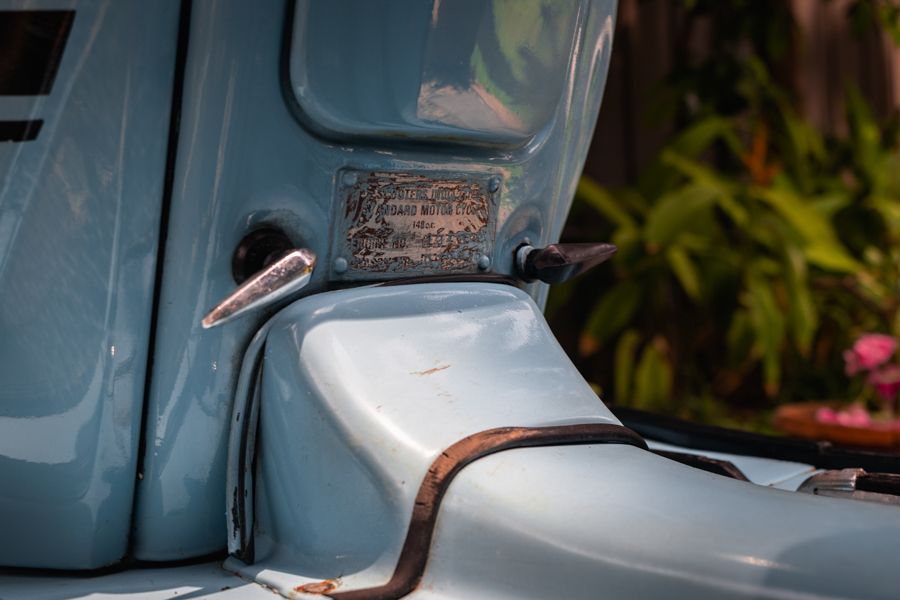
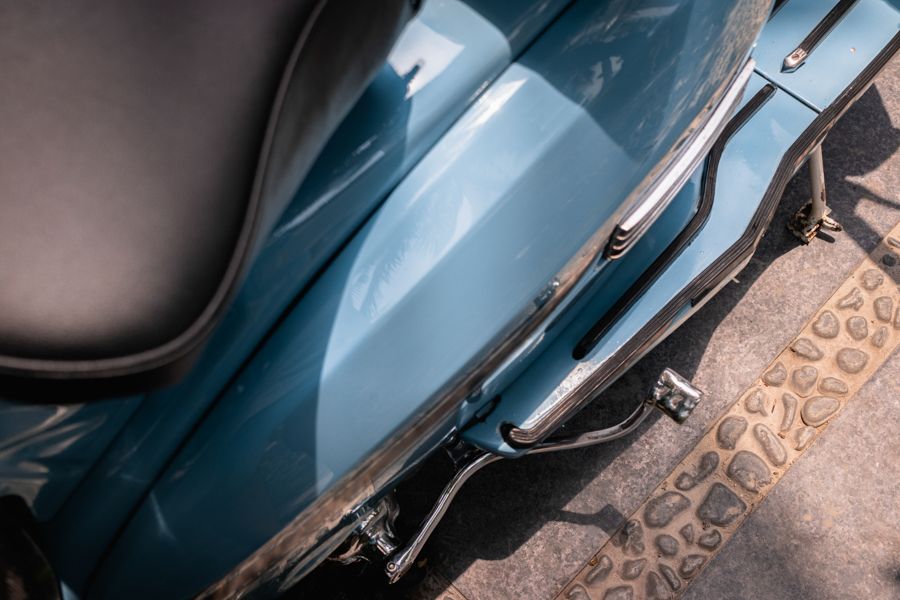
This was even though Scooters India had acquired the legendary Lambretta brand. It was a period when the Indian Government insisted that all Indian products needed to have an Indian branding—the Fiat 1100 had been renamed to the Premier Padmini (after two years of being branded as the Premier President), the Vespa 150: a Bajaj Chetak, and Ideal Jawa was calling the Jawa a Yezdi. For exports though, Scooters India continued with the Lambretta branding.
As Scooters India received a licence to make two-wheelers, another two dozen-odd companies were also awarded licences by the Government. In fact, it was in the early 1970s that we see the first attempts at ‘liberalisation’ by the Indian Government, two decades before the 1991 dateline that most speak about. Strangely, the Government insisted on maintaining a ‘maximum capacity’ system for the manufacturers, with the hot-selling Bajaj vehicles pegged at 30,000 units per year, despite the endless waiting periods!
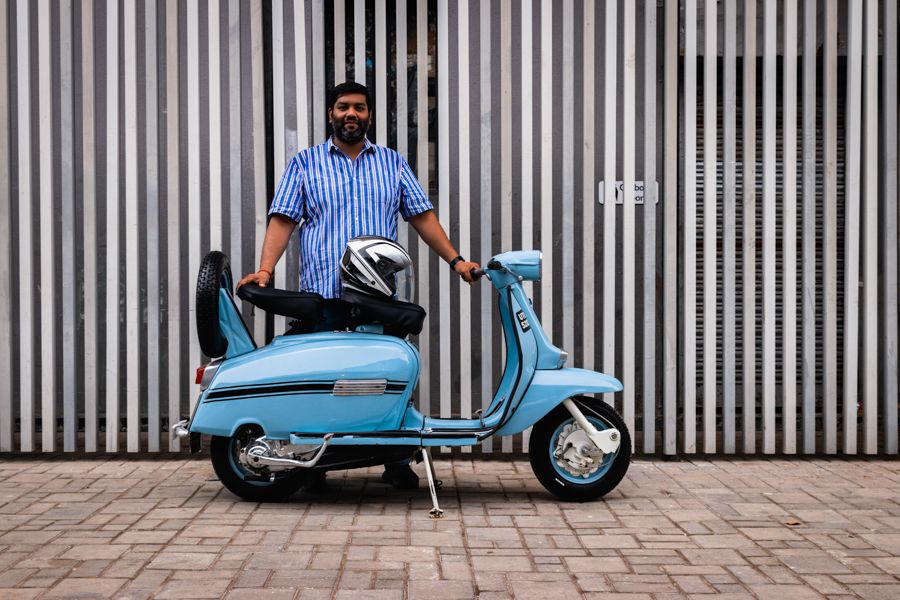
“During the first round of bookings, Scooters India asked for advance payments of Rs 500 from prospective buyers in a post office savings bank account, which was pledged to Hindustan Petroleum Corporation Limited,” remembers Dr. Anjan Chatterjee. “The bookings opened on 10 March 1974, with the forms needing to have the details of the account. As dealers advertised for the bookings, buyer expectations were so high that punters and potential customers queued up since the previous night at the outlets.”
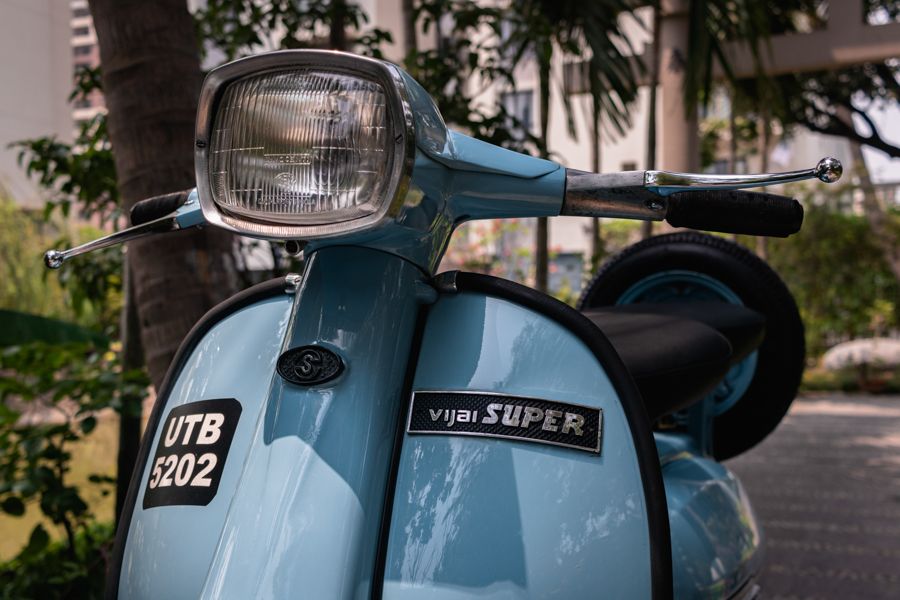
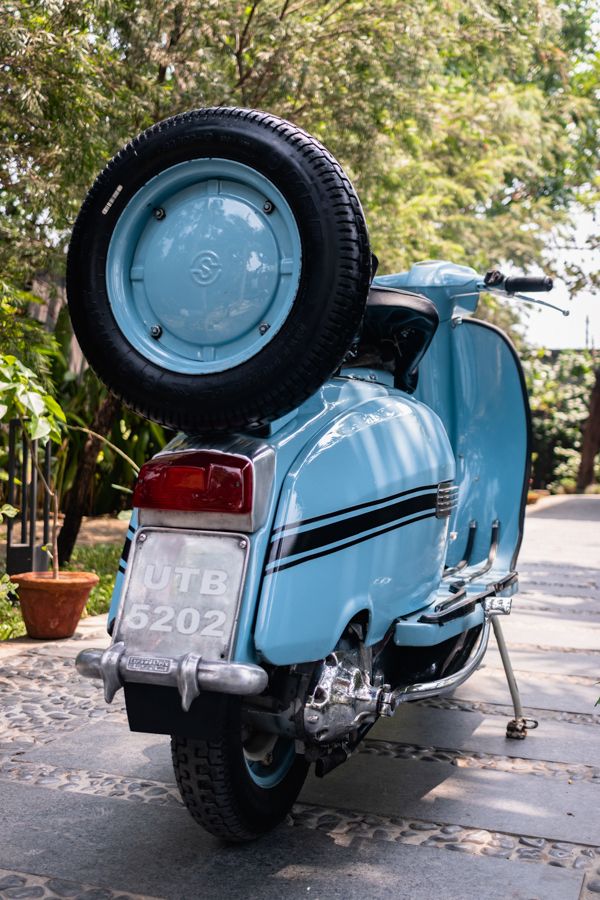
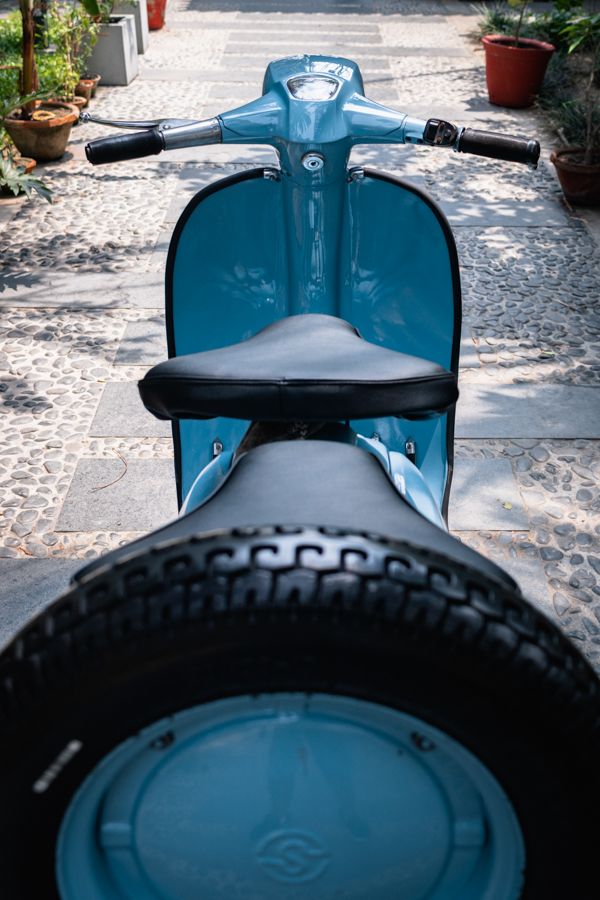
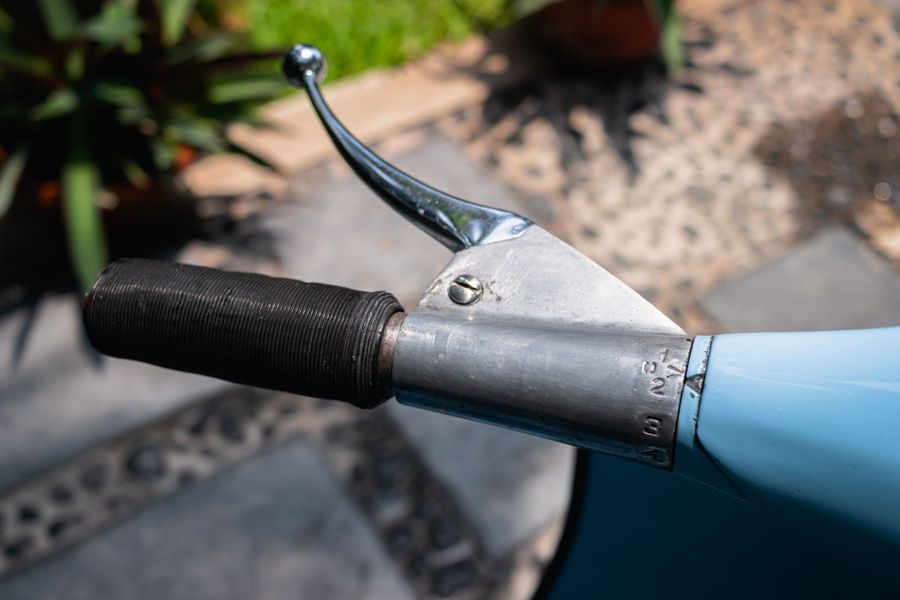
Yet once production began, the Vijai Super didn’t quite set the sales charts afire. In fact, by the end of the decade, by 1980, when as many 20-odd two-wheeler manufacturers were scrapping out for a slice of a four-lakh-plus market (410,457), Scooters India was trailing a poor fourth at a tad over 36,000 scooters shifted that year, as compared with market leader’s Bajaj Auto’s one-lakh-plus sales numbers. Over the years Scooters India kept slipping down the sales charts, with the manufacturing of their two-wheelers sputtering on until 1997.
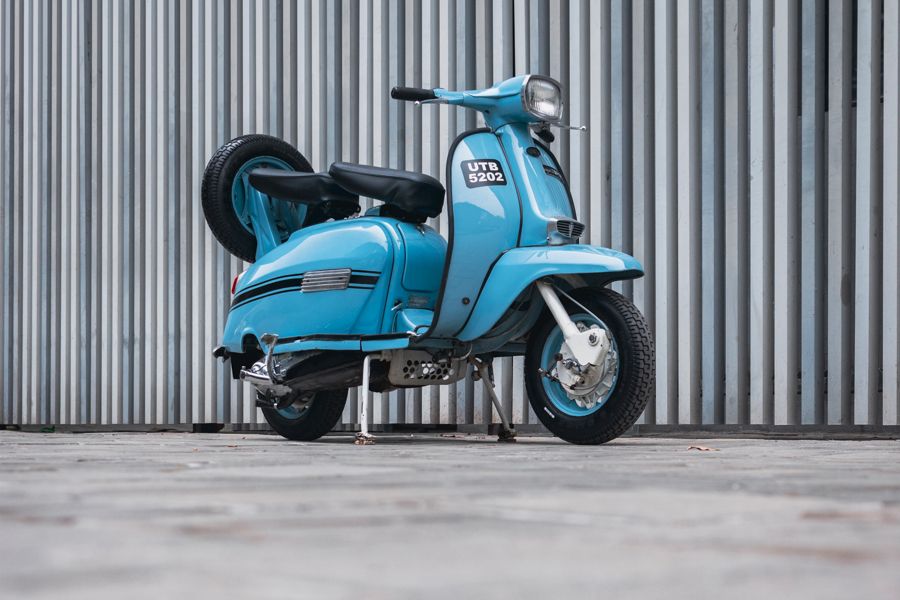
The Vijai Super on these pages seem to be one of the early ones, in retrospect referred to as a Mk I. Found at a scrapyard, the remnants of the scooter were acquired by Kolkata-based collector and enthusiast Prasun Shaw in February 2020, who sent the wreck to restorer Barno Barman at his restoration shop.
With the pandemic intervening, work on the Vijai did not begin until a year later. “It took around eight months for the restoration to be completed,” explained Barno, “as a few of the parts needed to be imported, although most could be found in India. The problem parts were the monogram and the meters.”
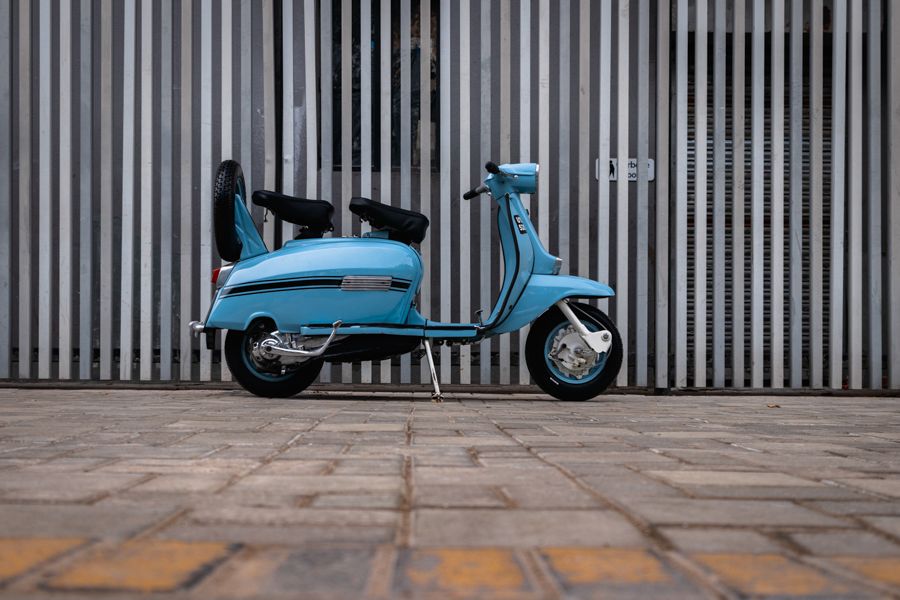
Ready barely a month ago, in March 2022, Prasun Shaw is very pleased with the results. A keen enthusiast who has a few cars and over a dozen historic two-wheelers (including a couple of Hondas, a pre-War Triumph, and a Royal Enfield, as well as another ‘Innocenti’, a Lambretta 48), Shaw insists that, “the Vijai Super is a real delight to ride and handle.”
Even if the Vijai Deluxe was dynamically superior, more modern, and was winning at Sholavaram and dominating the scooter class in racing, it could not quite match up to the image of the ‘world class’ Bajaj Chetak. And Scooters India did nothing about selling and/or promoting their flagship product in India, the Lambretta GP 200. A 12bhp, 198cc version of the Vijai Super, the GP 200, capable of a top speed of over 110 km/h (faster than the Yezdi 250), was the fastest scooter in the world when it launched in Italy in 1969.
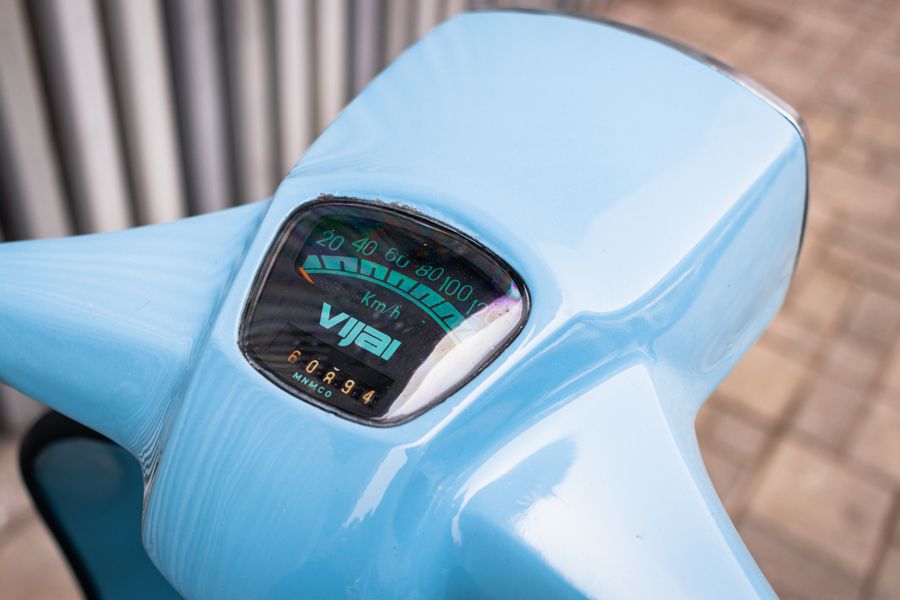
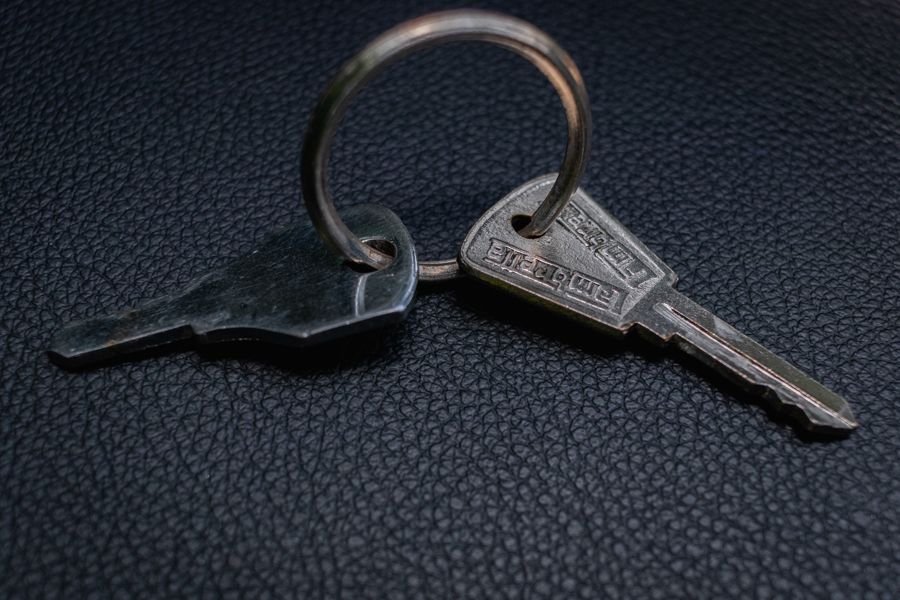
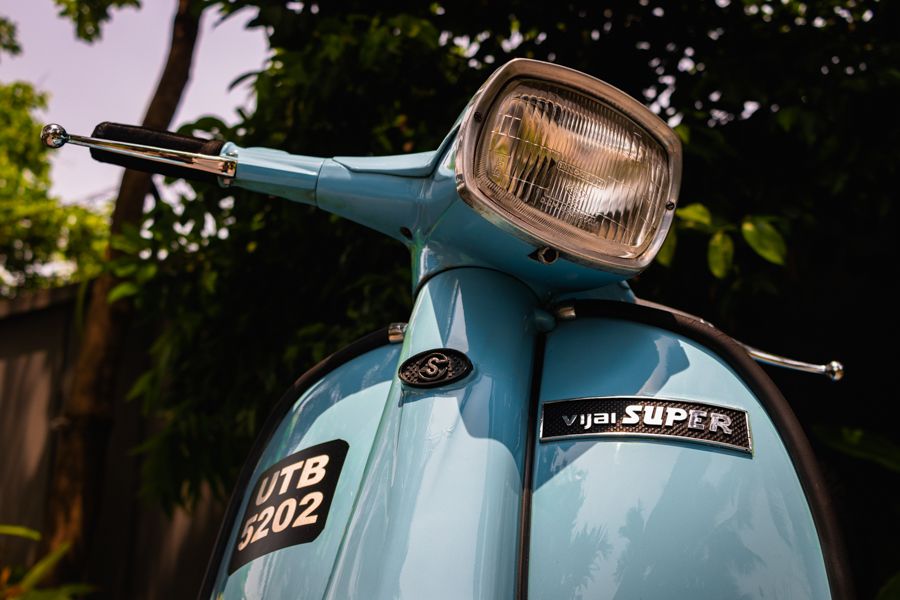
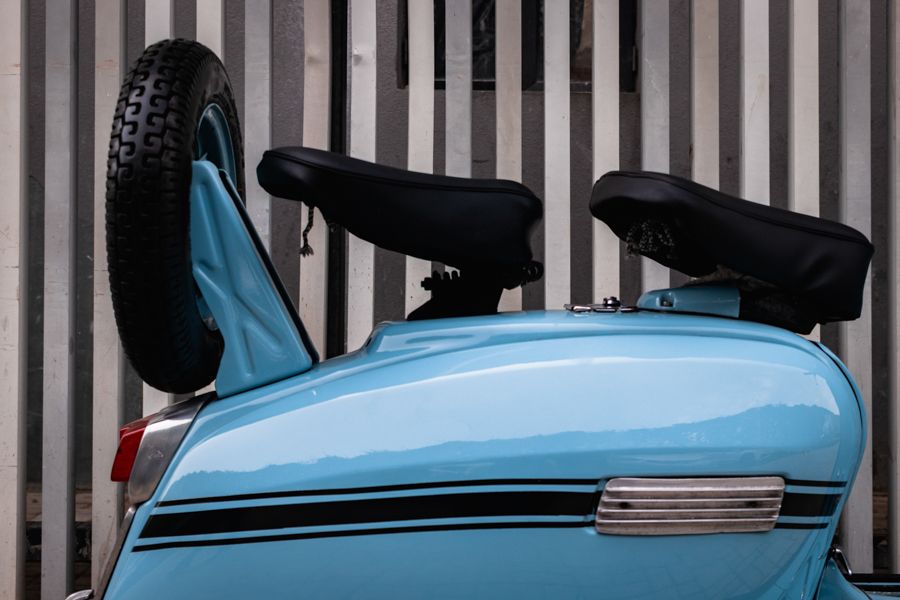
The fact that Scooters India was exporting scooters branded the Lambretta DL and GP 200 in Europe, and that in Spain it was being imported in kit form, and assembled and sold as the Serveta, was something that the Indian consumer had no clue about. Somehow, Scooters India made it a point to be so self-effacing in their achievements that they systematically effaced themselves off the market…
Comments
Sign in or become a deRivaz & Ives member to join the conversation.
Just enter your email below to get a log in link.
